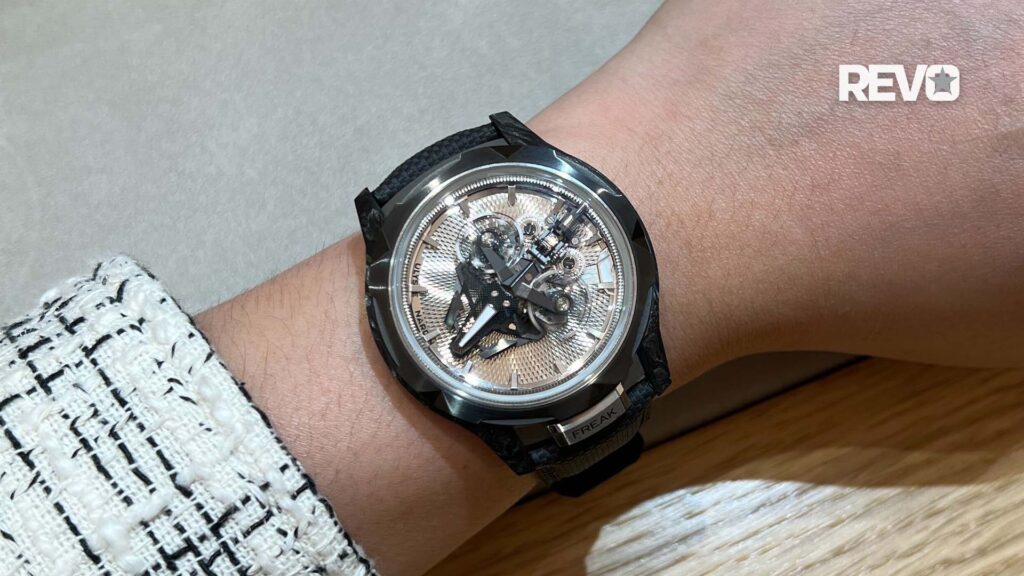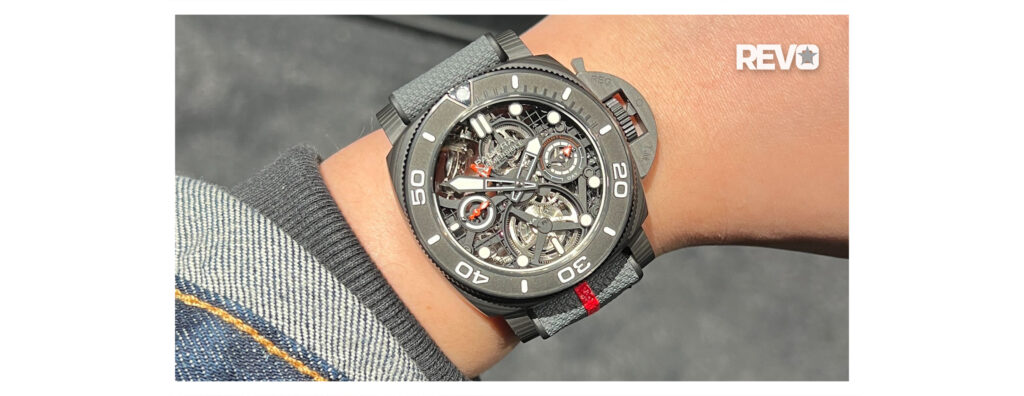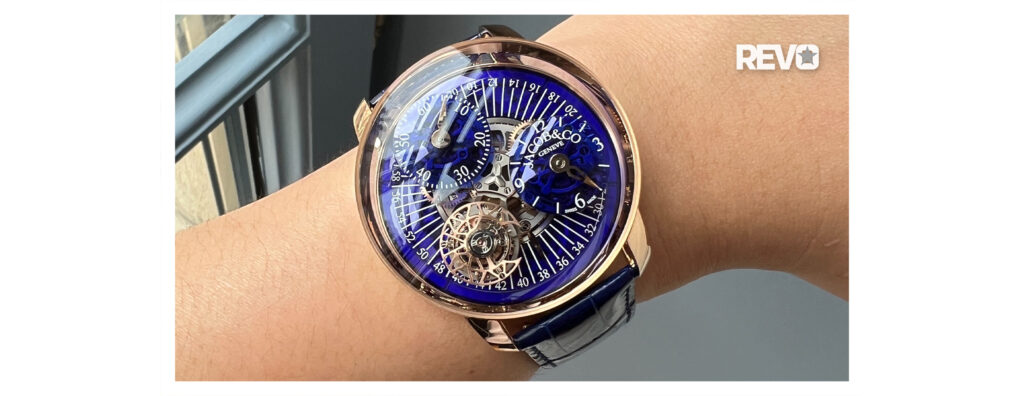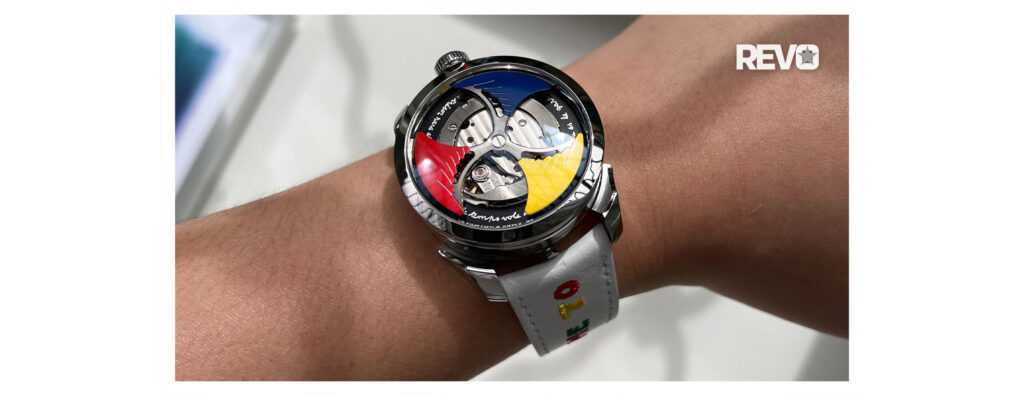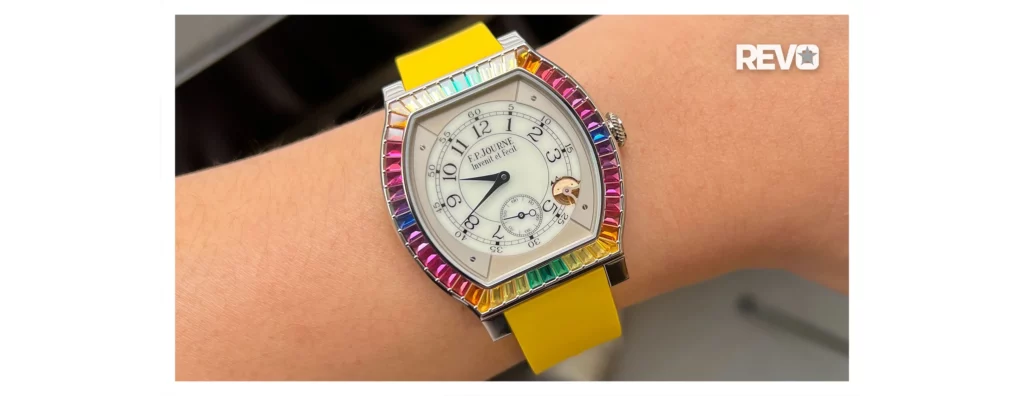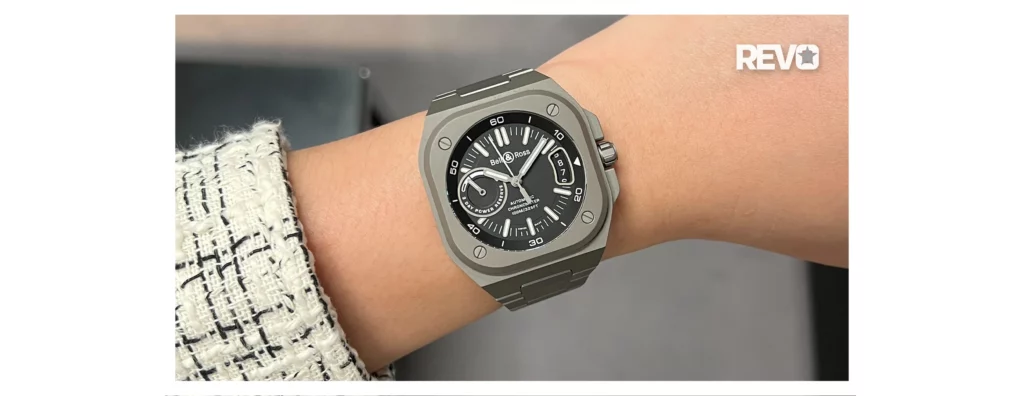News
In Depth: Montres KF Bespoke Only Ei8ht Meteorite
Namely, the marine timekeeper had to withstand the bobbing motion of the ship and the harsh temperature fluctuations from day to night over a long period of time. The predominant regulator in clocks at the time was the pendulum but its dependence on gravity meant that it was at the mercy of the ocean’s wrath. As such, it was eventually supplanted by the hairspring and balance wheel invented by Robert Hooke and Christiaan Huygens separately in the late 17th century. However, the carbon-steel hairsprings used at the time would soften at high temperatures, losing elasticity and thus, resulting in a slower rate.
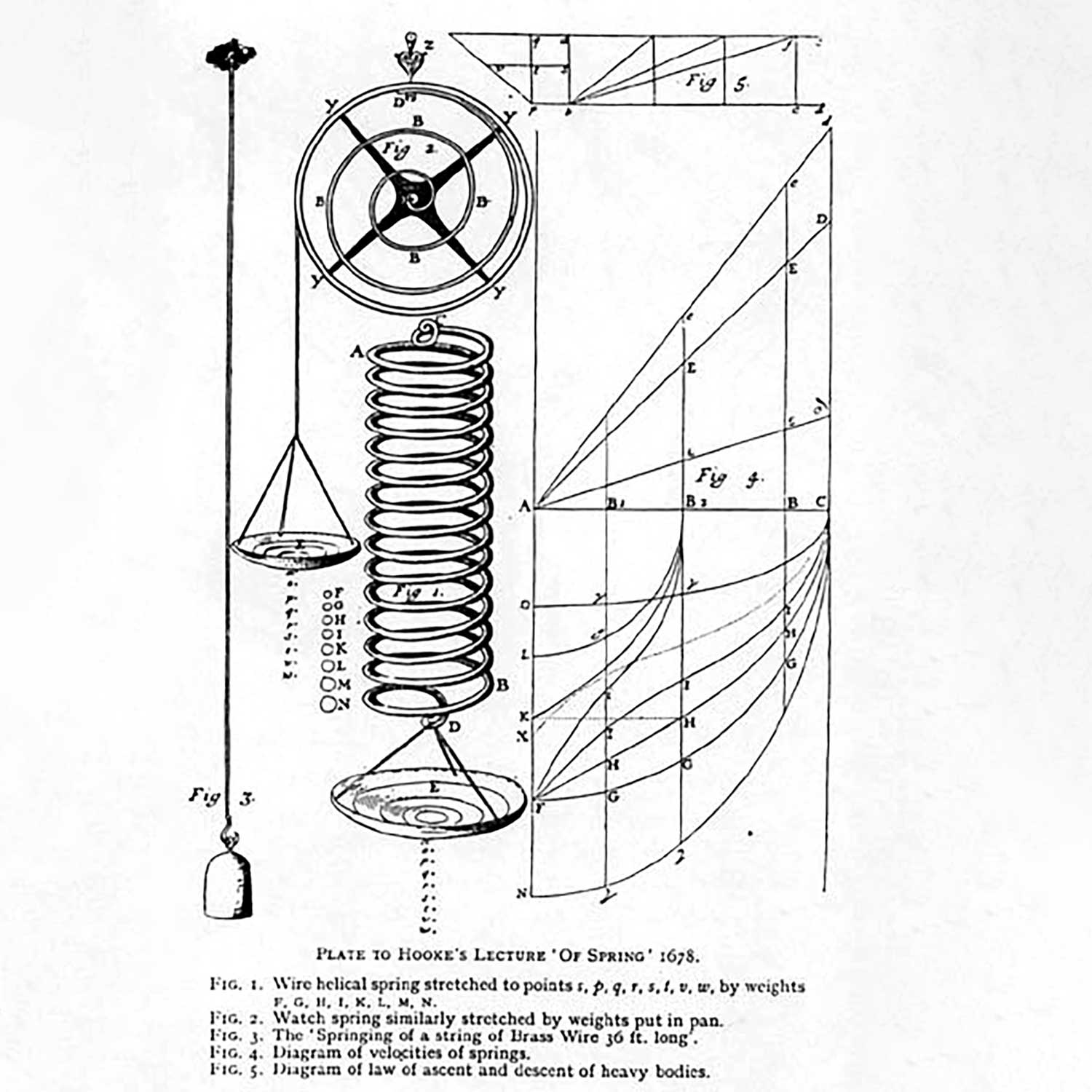
Robert Hooke's 1678 lecture of springs
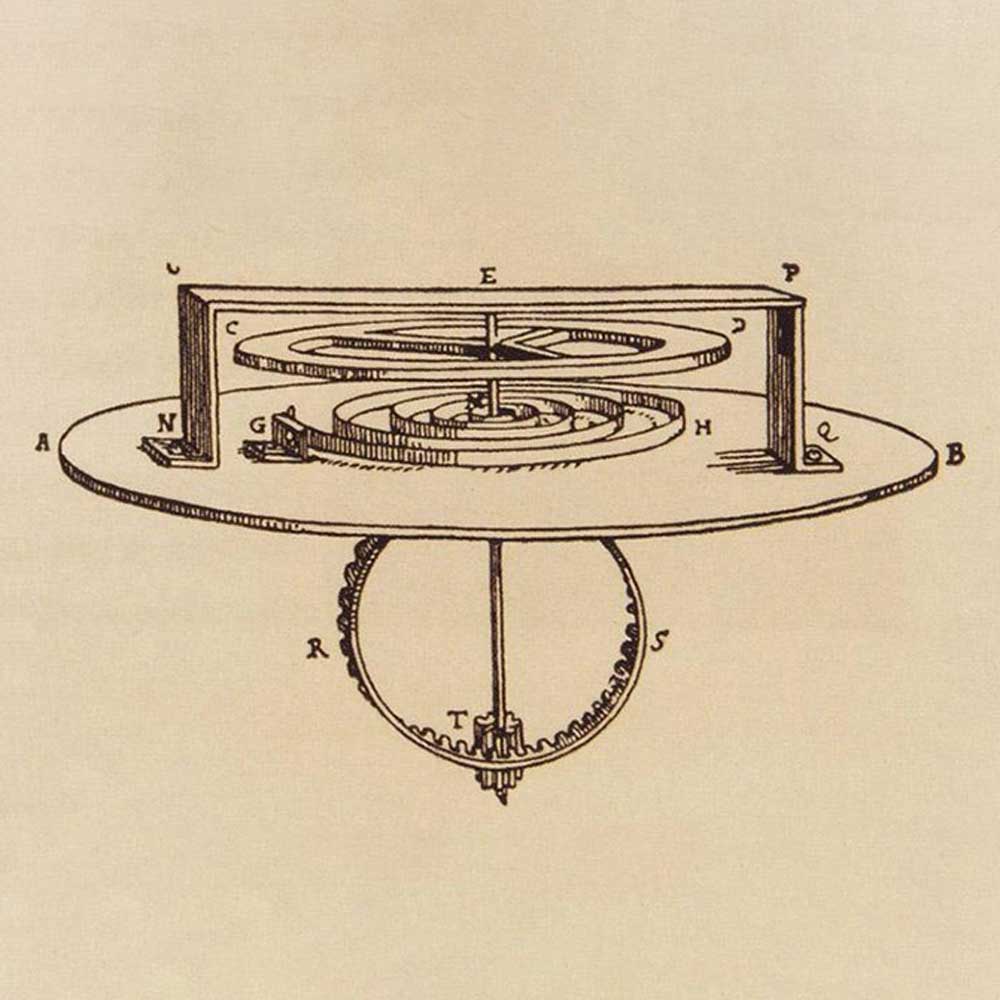
Christiaan Huygens Balance Spring
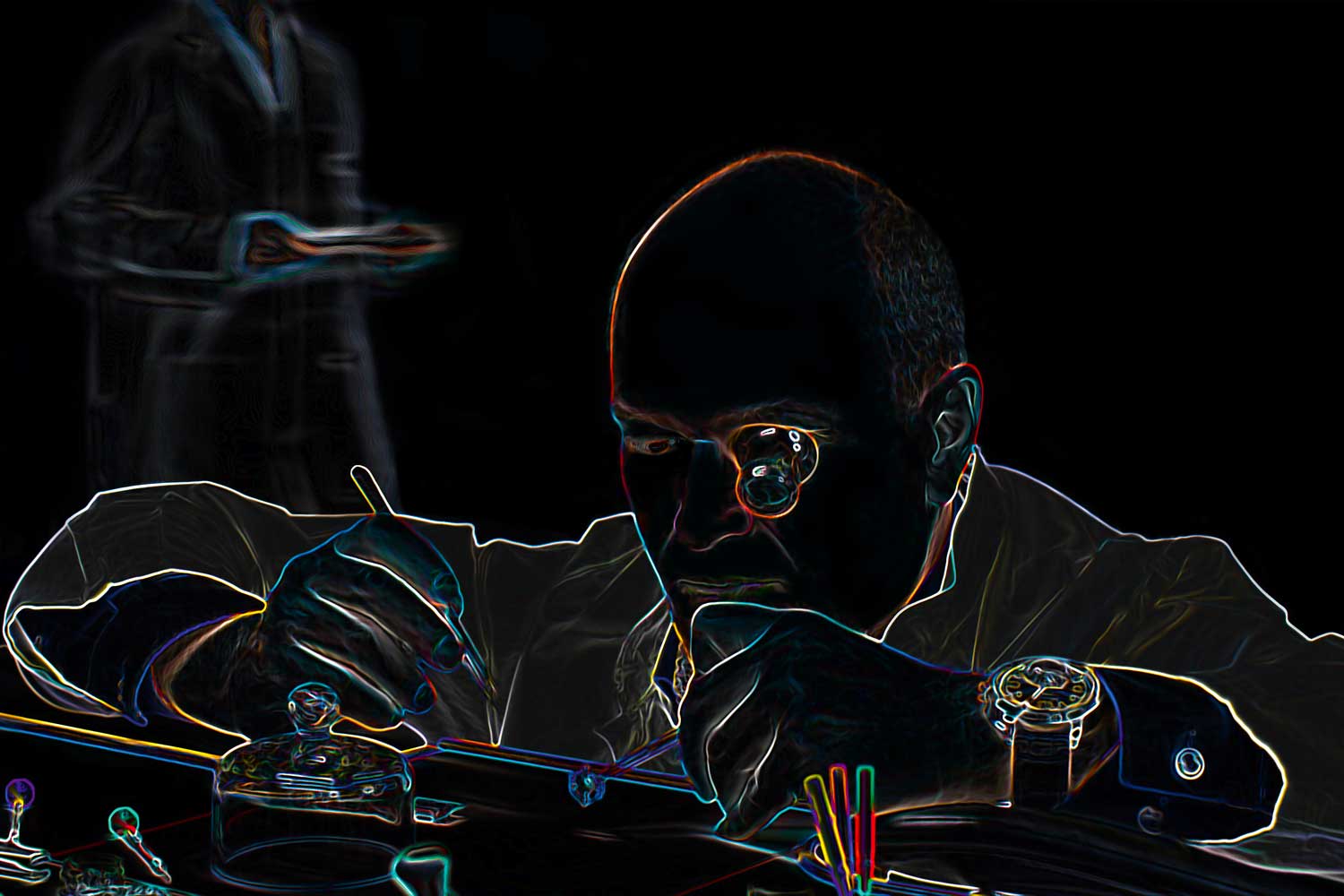
German watchmaker Karsten Fraessdorf
Compensation balance
Prior to the introduction of temperature-compensating alloys for hairsprings such as Nivarox in the 1930s, compensation balance wheels were used extensively in precision watchmaking to offset the errors inherent in a carbon steel hairspring. It is made up of a strip of brass on the outer rim and steel on its inner face, with splits at two points on the rim. Because brass expands more than steel, the balance would deform inwards when temperature rises, causing its effective diameter to become smaller. Its moment of inertia thereby decreases, resulting in a gain in rate to compensate for a weaker hairspring.
Dubbed the Spirograph, Karsten’s patented compensating balance wheel was designed in a similar fashion with breaks at two points of the balance rim. Made of anti-magnetic steel, the cross bar of the balance extends when temperature increases. Its extension is contained by a second bar made of sapphire crystal which has a low coefficient of thermal expansion. The sapphire bar is attached to the affix arms by screw-fitted pivoted points. As such, when the steel bar extends, the force is redirected to the affix arms, causing them to bend inwards. This decreases rotational inertia, and the balance oscillates faster as a result to compensate for the reduced force produced by the compromised hairspring. Screws are affixed on both arms to alter the amount of compensation; moving them closer to the ends of the arms increases temperature compensation and vice versa. The weight of the balance wheel can be further adjusted by the two circular masses located on the opposite end of the affix arms.
Lastly, a third cross bar, perpendicular to the first, is fitted with two screws on both ends. The larger pair of screws are for rate adjustments, which is 18,000 vibrations per hour, while the smaller screws are for fine adjustments. Notably, these four screws are secured by locking bolts to prevent any change of position in the event of shock.
The hairspring, on the other hand, is made of a modern, anti-magnetic Straumann alloy. It has a Grossman inner curve as well as a Phillips outer terminal curve. Both of which are designed to alter the geometry of its oscillation and enhance concentricity, minimising radial forces and thus improving isochronism.
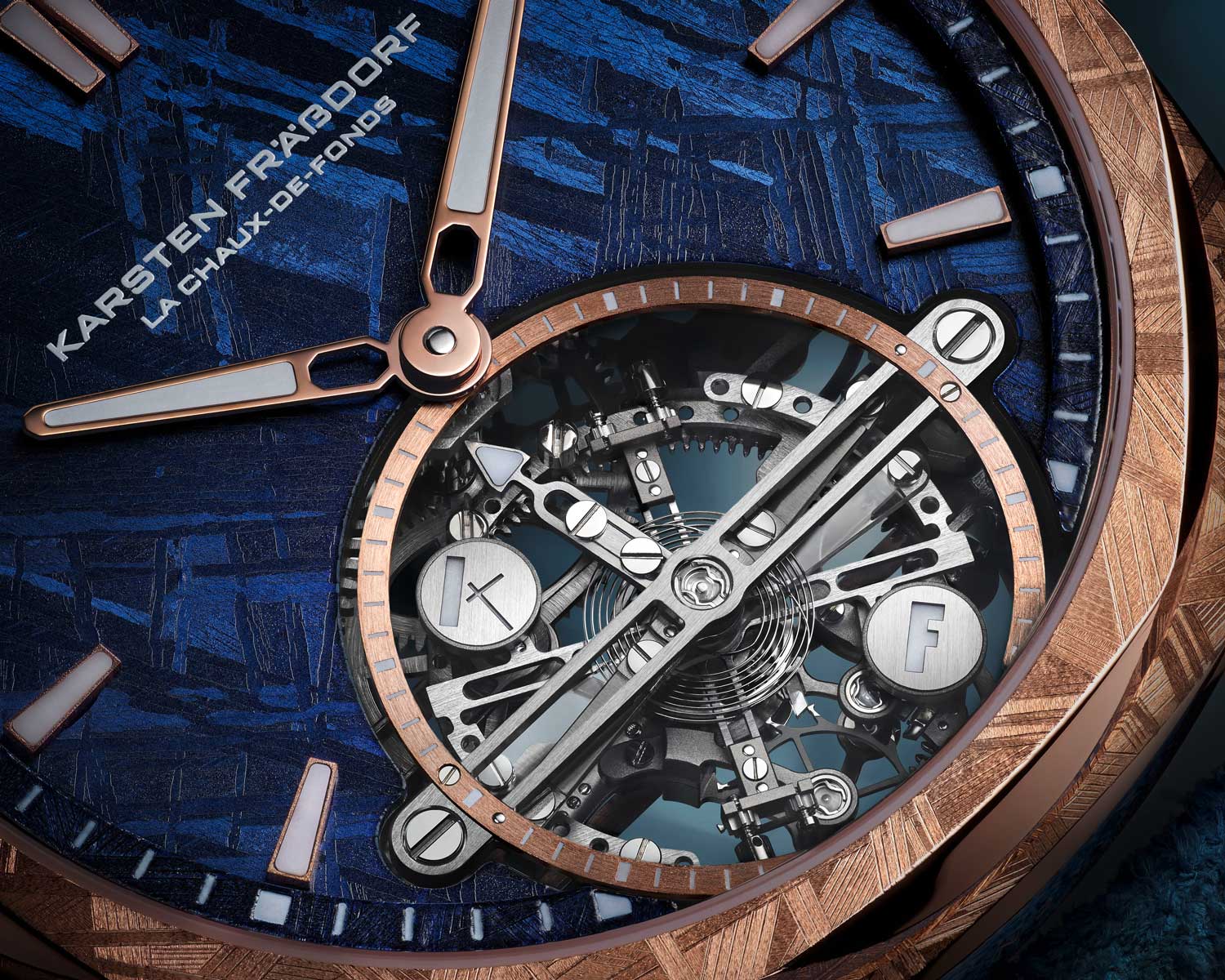
The compensating balance wheel has a crossbar that extends when temperature increases while the affix arms bend inwards thanks to an invariable crossbar made of sapphire crystal
Stop-seconds Tourbillon
The balance is housed in a tourbillon cage that completes one rotation every 60 seconds. The escape wheel pinion rotates around a massive fixed fourth wheel that is designed with internal teeth so that it doesn’t overlap or obstruct the main accomplishment in the watch, which is the compensating balance wheel. But equally exotic is the stop-seconds mechanism for the tourbillon.
Traditionally, in a non-tourbillon watch, pulling the crown with a hacking mechanism causes a simple brake lever to land on the rim of the balance wheel, bringing it to a halt. However, stopping a balance that is housed in a tourbillon is trickier as the cage has pillars and is also in rotation. Typically, brands rely on a V-shaped pivotable brake lever with two arms to stop the balance and cage. While generally reliable, there is a small risk of slipping, hitting the cage pillar or causing jolts to the staff and premature wear on the parts. For this reason and because of the unique design of the split balance, which has wide breaks at two points, a more sophisticated approach had to be adopted to stop the balance with precision.
Instead of multi-arm brake levers that touch the balance sideways, the stop-seconds mechanism brakes the balance wheel and cage from below. The system is compact yet notably complex, comprising of numerous parts. When the crown is pulled out, a forked brake lever is pivoted upwards and comes into contact with a ring that in turn presses unto a pair of springs affixed to the balance bar. In so doing, it pushes a second ring against a triple plate mounted on the balance staff, thus stopping the balance wheel. When the crown is pushed back in, the lever is released and the pair of springs return to their original form, consequently returning the ring to its initial position below. With this novel mechanism, the balance can be stopped rapidly and reliably.
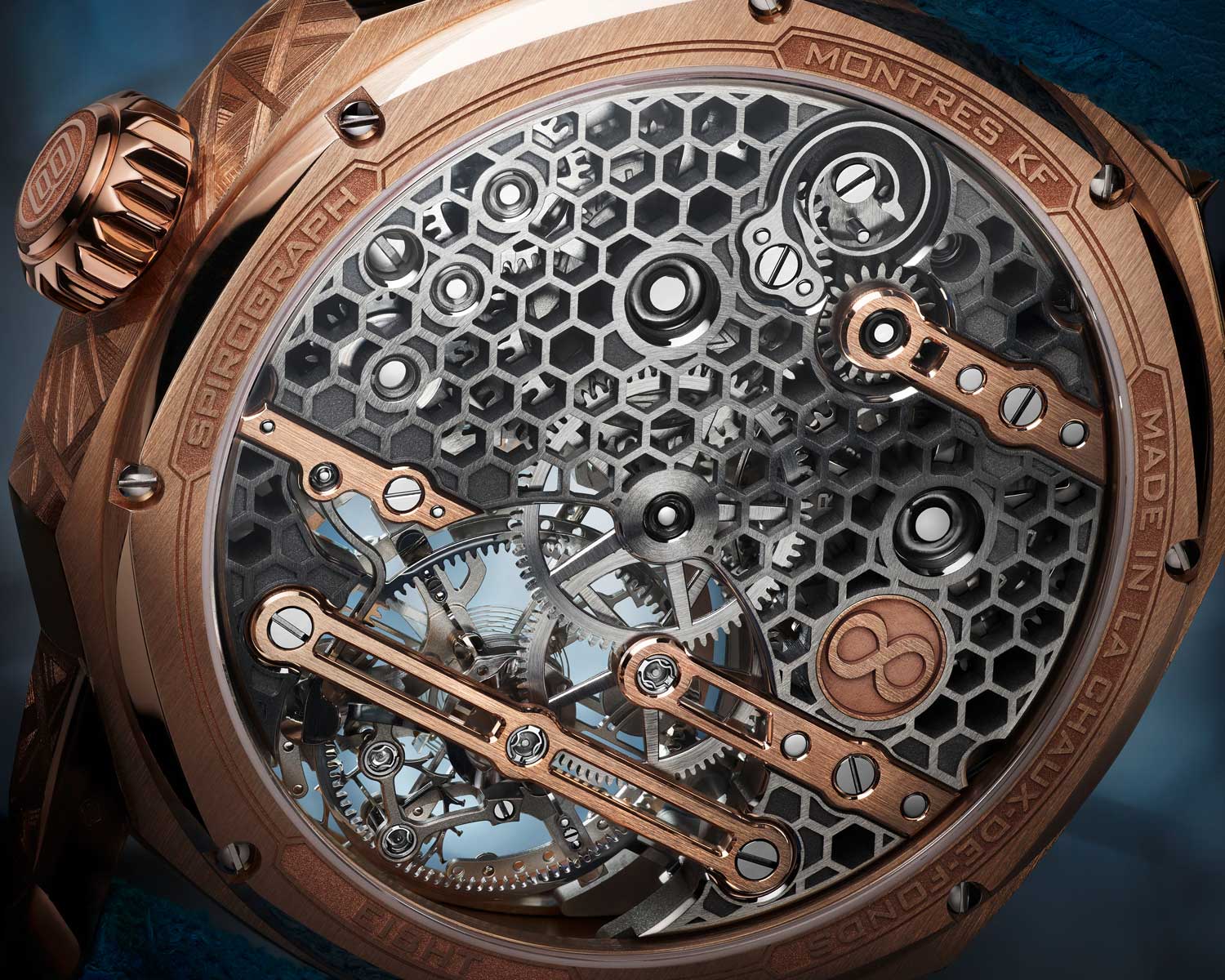
The Novamag 01 calibre combines a traditional pillar construction with contemporary openworking on the base plate
Maltese Cross Stopwork
The movement is equipped with twin barrels coupled in series. They are capable of providing a power reserve of 84 hours but is contained by a Maltese cross stopwork that restricts power output to 66 hours, during which torque is most even. It comprises of a finger cam on the barrel arbor that gears with a wheel shaped like a Maltese cross with one convex arm. As the barrel unwinds, the Maltese cross rotates around the finger cam, fitting into its openings until its convex arm lands on the opening and blocks the mechanism, at which point the barrel stops unwinding, consequently only utilizing a portion of the mainspring where force is equal.
Needless to say, these mechanisms, the tourbillon, compensating balance, and Maltese cross stopwork grew obsolete from a practical standpoint as pure mechanical grit was eventually superseded by advances in manufacturing methods and material science. But their needlessness, as George Daniels once wrote on the remontoir, merely adds to their charm. Doubly so when all of these old-school solutions, which at one point in history, represented significant milestones in the quest for scientific truth, are present in a watch that is indubitably modern and sporty in aesthetic. Even the movement plates that are held together by pillars, for instance, are openworked with a honeycomb motif, giving it a highly contemporary look that belies its old soul.
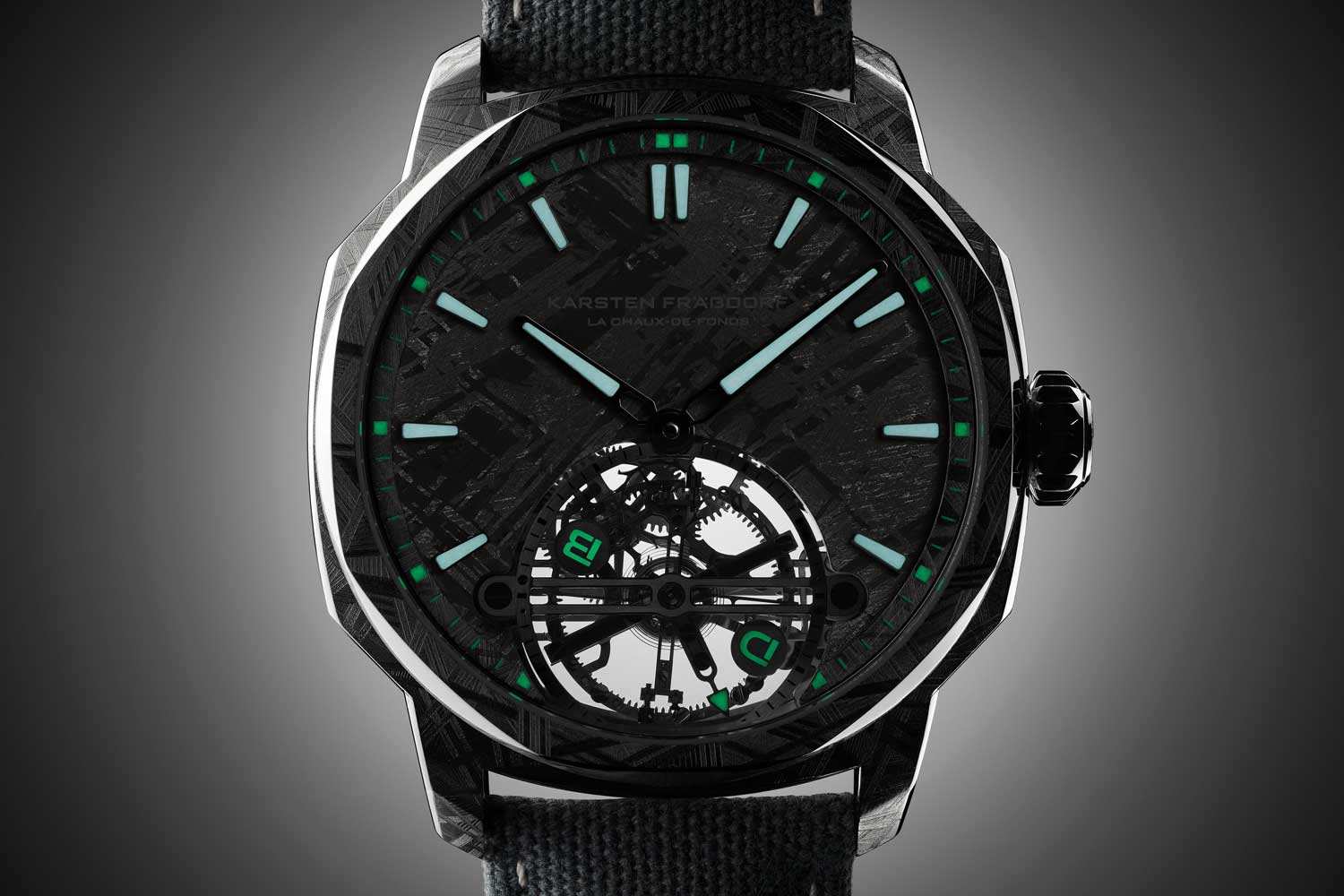
The luminous applications in the watch
Bespoke Only Ei8ht Meteorite
As if all those attributes weren’t exotic enough, Montres KF has unveiled a version that combines a meteorite dial with a case engraved to match the distinctive Widmanstätten pattern. What’s more, it is offered as a bespoke piece in which every aspect of the watch including the case material and engravings, hands and markers, movement plate and even engravings on the weights can be further customized. The case measures 44.5 mm in diameter and 12.2 mm thick. The crown is fitted with double gaskets, enabling it to attain a depth rating of 50m. Notably, the keyless works incorporates an additional spring in the shape of an elongated U that prevents the winding stem from hitting the baseplate in the case of an impact.
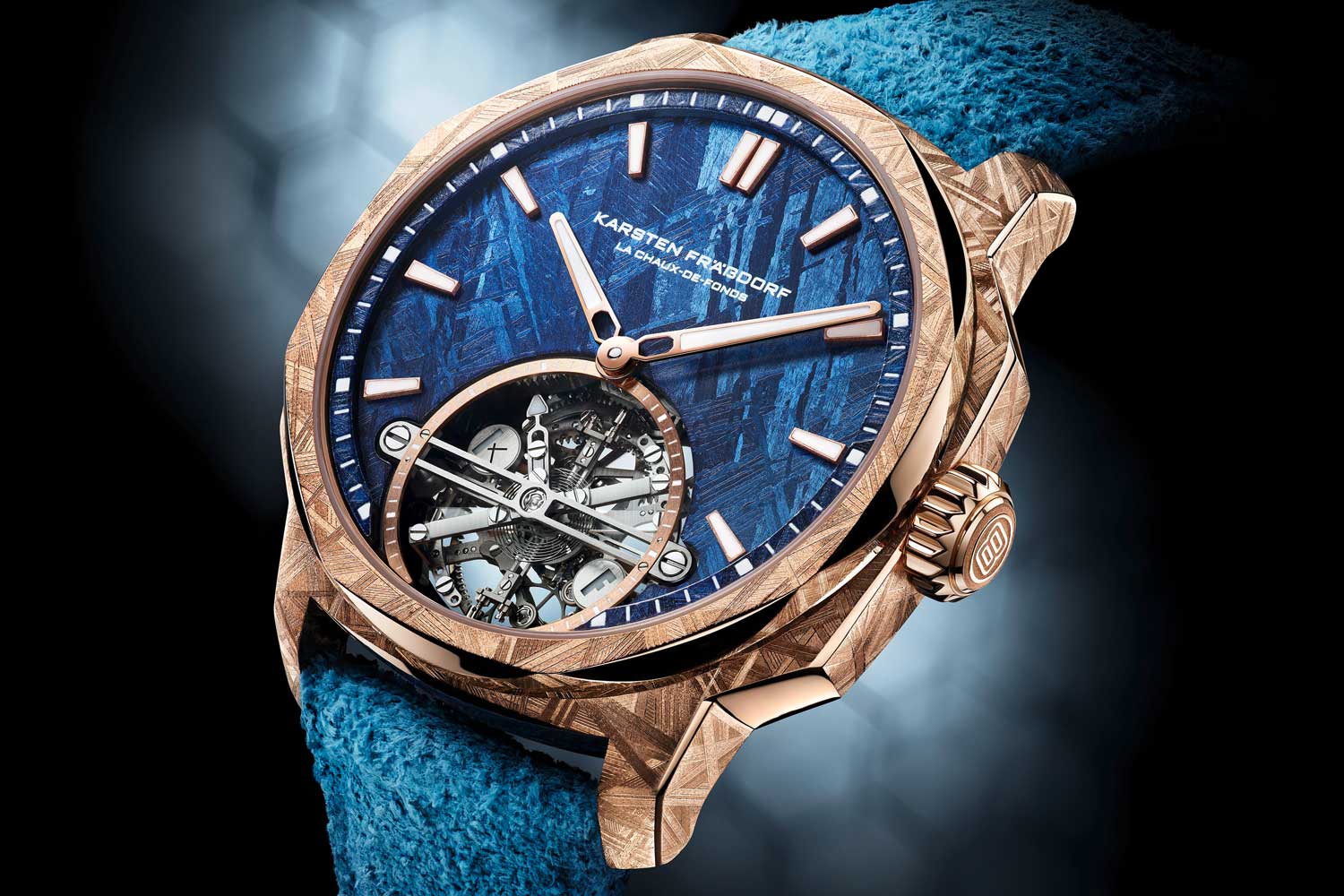
Bespoke Only Ei8ht Meteorite




